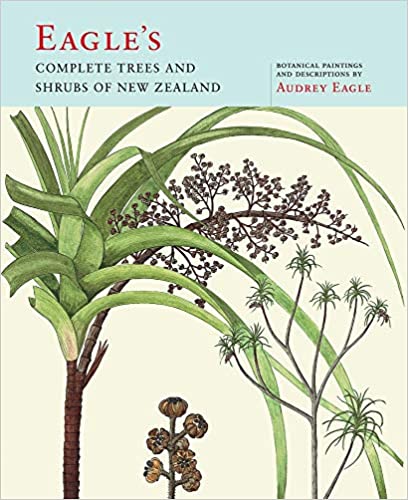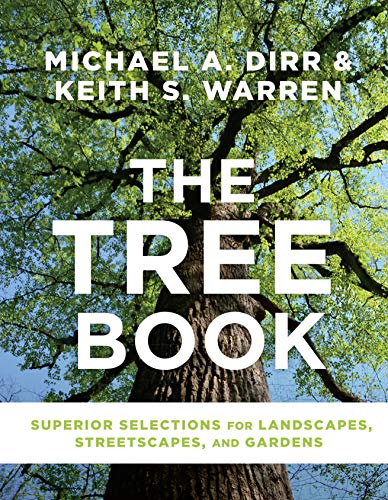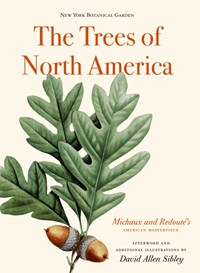 Audrey Lily Eagle (born 1925) was born in New Zealand, but spent her adolescent years in Oxfordshire, England. There she learned a love of plants and began to draw and paint them. She also took training in engineering drafting, a skill that is apparent in the precision of her later work. When she returned to New Zealand, it became her passion to illustrate almost all of the woody flora of New Zealand, “over 800 species, subspecies, and unnamed plants. It is assumed that the number of any new finds is certain to be small.”
Audrey Lily Eagle (born 1925) was born in New Zealand, but spent her adolescent years in Oxfordshire, England. There she learned a love of plants and began to draw and paint them. She also took training in engineering drafting, a skill that is apparent in the precision of her later work. When she returned to New Zealand, it became her passion to illustrate almost all of the woody flora of New Zealand, “over 800 species, subspecies, and unnamed plants. It is assumed that the number of any new finds is certain to be small.”
This passion took 54 years to complete. During that time, samples of her work were published in smaller books, but the project culminated in “Eagle’s Complete Trees and Shrubs of New Zealand. Published in 2006, this two-volume work plus a supplement, was a gift to the Miller Library by the Seattle-Christchurch Sister City Association.
Initially she used her art as a way of learning plants, figuring that the time it took to paint a plant would fix the name and its distinctive features in her memory. She also studied botany and wrote the painstaking descriptions and sources for her subjects that accompany her illustrations. She insisted on painting live specimens, often done on family camping trips with her husband and two children throughout the North and South Islands. “My children, Alison and Paul, have endured my preoccupation with painting all their lives: ‘Don’t jog the table’, ‘stop the car I want to look at a plant’, even to the present time.”
The illustrations are almost all of natural size, with separate, enlarged illustrations of tiny flowers. Maori names are included when known. The native ranges, often given in both latitude and altitude, create an appreciation for New Zealand topography. For most entries, there are bibliographic references for more information.
The supplement is especially fascinating, showcasing Eagle’s keen interest in her subjects through years of networking with the botanical organizations and individual botanists of New Zealand. Here are the notes that wouldn’t fit in the illustrated volumes. For example, the habitat of Fuchsia procumbens, an easily grown groundcover in Seattle gardens, is described from a personal communication with one of her colleagues: “On beach terraces, banks, small gullies, and creek beds behind the beach and at base of pohutukawa trees (Metrosideros excelsa). It also grows in the coastal forest, estuary margins and scrubland, preferring dampness or some shelter.”
Excerpted from the Winter 2021 issue of the Arboretum Bulletin
 Michael Dirr is the guru of woody plants. Beginning in 1975, his “Manual of Woody Landscape Plants” – through six editions as of 2009 – has been required reading for any horticultural student. These books are very technical and rely on line drawings to illustrate their subjects.
Michael Dirr is the guru of woody plants. Beginning in 1975, his “Manual of Woody Landscape Plants” – through six editions as of 2009 – has been required reading for any horticultural student. These books are very technical and rely on line drawings to illustrate their subjects. “The Trees of North America” is an excellent new book and winner of one of the three book awards given by the AHS in 2018. Who is the author? It’s complicated.
“The Trees of North America” is an excellent new book and winner of one of the three book awards given by the AHS in 2018. Who is the author? It’s complicated. How would it be to spend a whole year observing a forest, the changing seasons and all the beings – plants and animals – that lived there. This is exactly what Lynda Mapes, a science reporter for “The Seattle Times,” decided to find out. She lived on the edge of the Harvard Forest, a 3,000 acre managed research forest in Petersham, Massachusetts, over 60 miles west of the main Harvard campus. “The Witness Tree” is the story of this undertaking.
How would it be to spend a whole year observing a forest, the changing seasons and all the beings – plants and animals – that lived there. This is exactly what Lynda Mapes, a science reporter for “The Seattle Times,” decided to find out. She lived on the edge of the Harvard Forest, a 3,000 acre managed research forest in Petersham, Massachusetts, over 60 miles west of the main Harvard campus. “The Witness Tree” is the story of this undertaking.